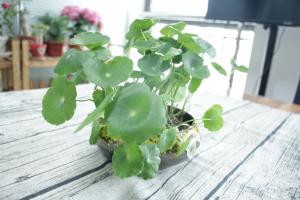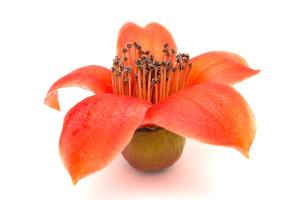What are Grubs?
Grubs are the larvae of certain types of beetles, such as Japanese beetles and June bugs. They live in the soil, feeding on roots and organic matter, and can cause damage to lawns and gardens. Grubs are often identified by their white, C-shaped bodies and brown heads.
What is their Impact on Tomatoes?
If your garden has a significant grub population, it could be harmful to your tomato plants. Grubs can damage the roots of plants, making it difficult for them to absorb nutrients and water. Additionally, the presence of grubs can attract other pests, such as moles, who feed on them, and can cause damage to the surrounding soil by churning up the dirt while searching for grubs to eat.
Should You Plant Tomatoes in a Garden with Grubs?
If you have a significant grub population, you should avoid planting your tomatoes in that area. The damage to the roots could inhibit growth and reduce yield. Instead, you should focus on controlling the grub population before planting your tomatoes. There are several ways to get rid of grubs, including using nematodes, applying insecticides, and manually removing them from the soil.
How to Control Grub Populations in Your Garden?
One of the most effective methods for controlling grubs is to introduce nematodes into the soil. Nematodes are microscopic worms that feed on grubs, and they are available at most garden centers. You can also apply insecticides that are specifically designed to target grubs. However, it's important to follow the instructions carefully and avoid overuse, as it can harm beneficial insects and pollinators.
You can also manually remove grubs from your soil by digging them up and disposing of them. It can be time-consuming, but it’s an effective way to remove grubs without using harsh chemicals. Additionally, you can try to attract predators, such as birds or frogs, who naturally feed on grubs.
Conclusion
In conclusion, if you have a significant grub population in your garden, you should avoid planting your tomatoes in that area. The damage to the roots could reduce yield, and the presence of grubs can attract other pests, such as moles. Instead, focus on controlling the grub population before planting your tomatoes. You can use methods such as introducing nematodes, applying insecticides, manually removing grubs, or attracting predators to your garden.

 how many times do yo...
how many times do yo... how many planted tre...
how many planted tre... how many pine trees ...
how many pine trees ... how many pecan trees...
how many pecan trees... how many plants comp...
how many plants comp... how many plants can ...
how many plants can ... how many plants and ...
how many plants and ... how many pepper plan...
how many pepper plan...





























